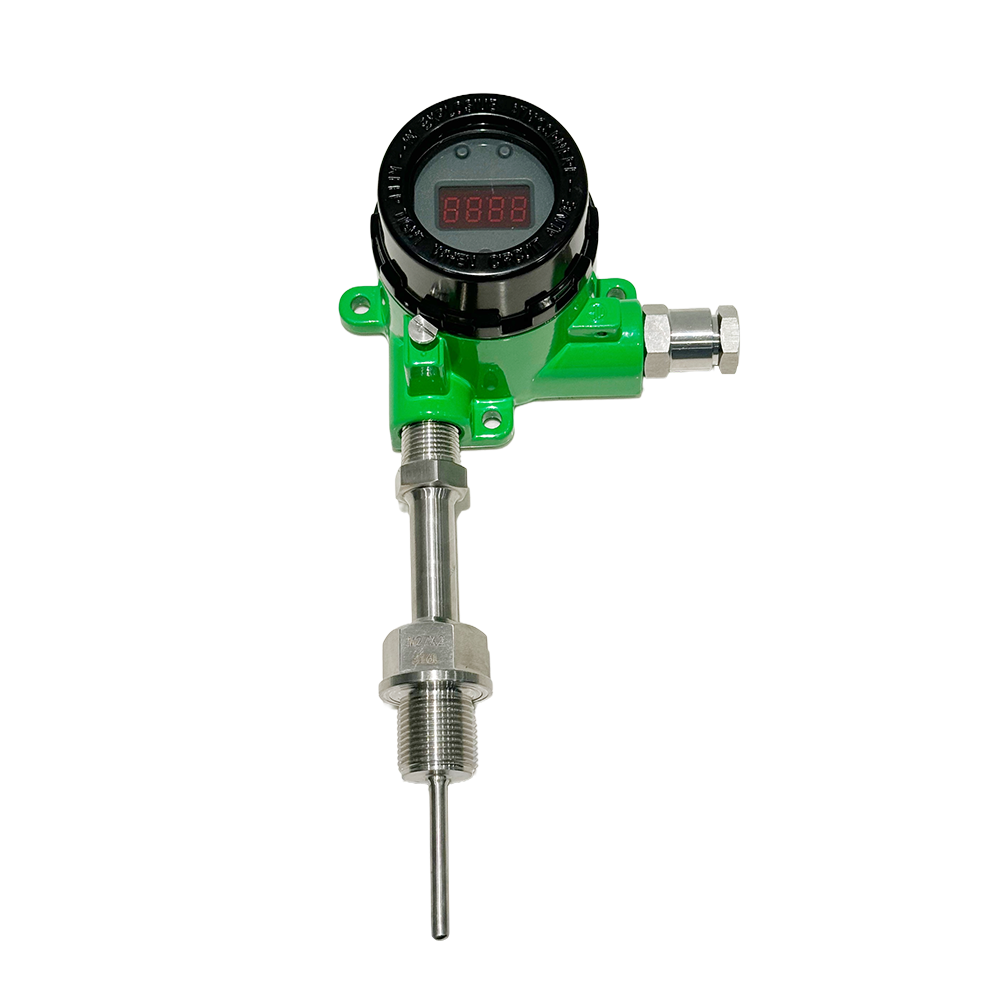In the field of industrial automation, the accuracy of temperature measurement is crucial for production quality and safety. Temperature transmitters are the core components that enable precise temperature measurement. Yigeqi provides a deep analysis of key points in selecting temperature transmitters, helping companies choose the right products, avoid common pitfalls, and achieve efficient and stable temperature monitoring and control.

Common Misconceptions in Selection
1. Overly Pursuing High Precision
In general heating monitoring and similar applications, a precision of ±1℃ is sufficient. Pursuing higher precision will increase costs, so it's important to choose based on actual needs to avoid unnecessary expenses.
2. Ignoring Medium Compatibility
Ordinary stainless steel sensors are prone to damage in corrosive environments. Special materials like Hastelloy or anti-corrosion isolation sleeves should be used.
3. Ignoring Installation Space
For small-diameter pipelines, compact transmitters with threads or ferrules should be chosen to prevent the flange from being too large, which can complicate installation and affect fluid flow.
Efficient Selection Strategy
1. Types of Sensors
Common "temperature sensors" are categorized into two main types: Thermocouples (T/C): Suitable for high-temperature measurements, they respond quickly. Resistance Temperature Detectors (RTD, such as Pt100): These have high accuracy and stability, making them ideal for medium and low-temperature measurements.
2. Temperature Measurement Range
Determine the minimum and maximum temperature range you need to measure, ensuring that the transmitter and sensor combination can cover this range, with some extra margin.
3. Output Signal Type
The most commonly used signal is a 4-20mA current signal, which is highly resistant to interference and suitable for long-distance transmission. Other options include the HART protocol (which adds digital signals to the 4-20mA signal for easier debugging), and digital signals like Modbus RS485 and Profibus.
4. Installation Methods
There are various installation methods for temperature transmitters, including threaded, flange, and clamp-on installations. The choice of installation method should be based on factors such as the structure of the equipment or pipeline being measured and the available installation space.
5. Environmental Requirements
Environmental conditions include temperature, humidity, vibration, and electromagnetic interference. High-pressure steam cleaning areas must have an IP69 protection rating, with a shell made of 316L stainless steel and ceramic diaphragms. In highly corrosive environments, the protection rating must be IP66 with a PTFE coating, and the liquid contact parts should use Hastelloy C276. In flammable and explosive environments, transmitters with explosion-proof certifications, such as Ex ia, Ex d, CE, EX, and SIL, must be used, and they must comply with relevant national standards.
Yigeqi temperature transmitter selection guide, to help enterprises accurately match the needs, avoid technical pitfalls


